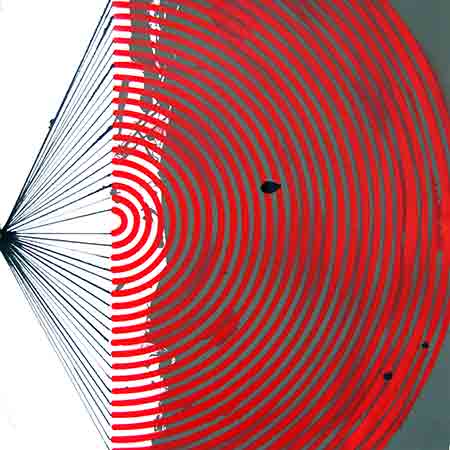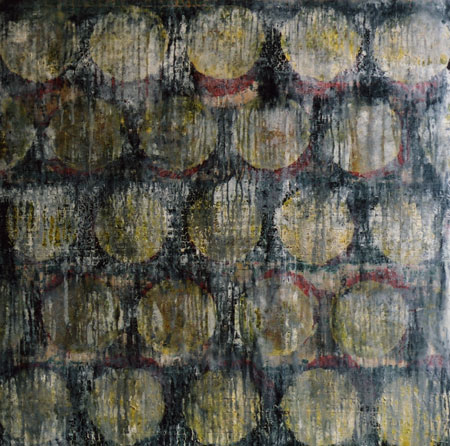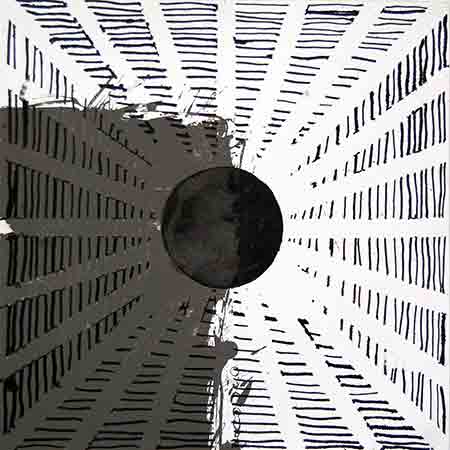William Dick:
The Context of Simply Painting
For this Friday’s Art Blog, the practitioner of choice is painter William Dick. William is a Glasgow born artist (b. 1950) who attended Glasgow School of Art, Duncan of Jordanstone College of Art (Graduated with Fine Art Degree and a Post Graduate Degree); and then lastly St. Martin’s School of Art in London for further study. He has also exhibited his work, both solo and in groups, in Europe, Russia, U.S.A., and the Middle East.
William Dick is an acknowledged artist who has won several awards such as the Aschberg Scholarship, Adolph and Esther Gottlieb Foundation Award, and Pilar Juncosa Award. He has also been granted bursaries from organisations being the Pollock Krasner Foundation, the British Council as well as UNESCO.
Regarding his practical methods he experiments with mixed media and paint to create different textures in efforts to elevate his paintings. He is an artist who does not produce artwork with hidden context, his intent is to paint. The painting being the value without being overshadowed by context, no added value of context exists within his works of art other than hints of heritage and history.
In place of context is influence. William pulls his inspiration from geological location and from ancient symbols ranging from aboriginal art to the Pictish symbols. He abstracts, deconstructs, minimalises, and alters colours from these symbols to produce a work that no longer carries the meanings. He embraces the geometric shapes and combines them with the colours he pulls from environments (ie, streets, landscape).
He may be a painter, but he does utilise multiple medias and mix them within the same piece. For instance, he uses wax and paint to create textures for the canvas base layer. He also indulges in building multiple layers of paint in the one painting over long periods of time, like the artist Willem de Kooning famously did in his works. Perhaps the layers can be a reference to time throughout history building upon itself to produce its current state reflected by the painting outcome. His work is not context based but the technique of layering and his influence of history throughout his works can back this theory. The use of mixed media could also support this perceptive analysis as it can reference the different cultures he employs. The ancient symbols are used to produce different textures delivering the uniquity of each artwork whilst still maintaining the artist’s artistic signature aesthetic.
The four works shown here were kindly donated to the Art Collection by the artist in 2015.
Blog post written by Amanda-Jane Wood, a fourth year student at the University of Stirling progressing to achieve the Bachelor of Arts with Honours Art and Design.
She says:
‘I enjoy all things art especially the contemporary. I am keen on discovering contemporary and non-contemporary artists; researching them; and (my favourite part) to use my perceptive analysis to study the contemporary and conceptual works of art they produce’.
Sources
https://www.absolutearts.com/portfolios/w/williamdick/#artist-statement
https://www.axisweb.org/p/williamdick/#info
Treagus, P. (n.d.). William Dick: Scotland, Stones and Symbols. Retrieved April 15, 2021, from https://www.thereadinglists.com/william-dick-reading-list/
University of Stirling. (n.d.). William Dick (1950 – ). Retrieved April 15, 2021, from https://collections.stir.ac.uk/people/dick-william/
William Dick. (2020). Home. Retrieved April 15, 2021, from http://www.williamdick.com/index.html



